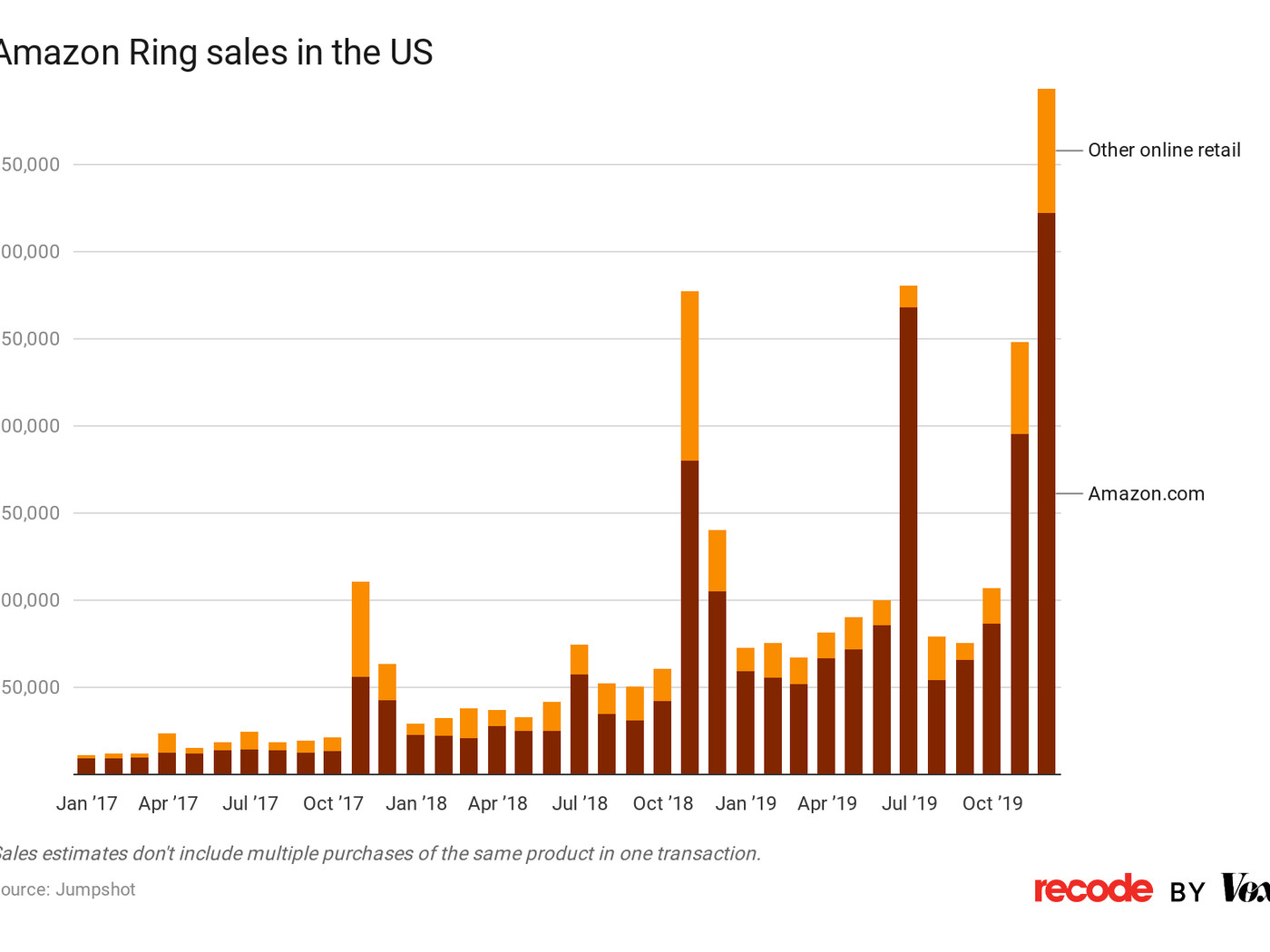Blog Post #12: Technology's Hold on Me
Technology, in my opinion, does more harm than good. Because of this I don't believe I have a good relationship with technology. While there are so many positive outcomes with it, it is also
polluting our minds. As someone who works at a kids camp I constantly see how young these kids are already having technology change their lives. The same goes for us. While we might not have grown up using technology as much, it has altered our everyday lives. Every morning the first thing I do is grab my phone, because of this I have 268 pickups everyday. It is addicting to scroll through apps, check social media pages, and text people. Our whole lives are inside that screen. While this might seem harmless, it is taking a toll on our minds every single day.

Growing up, I was in third grade when I got an Ipod shuffle for my birthday. This was my first piece of technology, even through it was a tiny square that only played music, I thought it was amazing. Getting to sit down with my mom and pick out a few of my favorite songs to buy was so exciting. Flash forward to now through music streaming apps we can have any song ever made at our fingertips. Later on I got an Ipod Touch, an Ipad, and finally in 7th grade I got my first phone. This is when social media came into my life. The first social media that I used would have to be Youtube. While I never posted anything on my own I loved watching videos. Me and my friends would come to school everyday and talk all about it. Next up was Pinterest, this was 6th grade when I started using Pinterest and I would say that would be my real first social media because I could post too. I still use it to this day. These were all harmless apps until Snapchat and Instagram came into the picture. I found myself constantly comparing myself to everyone and it took me a long time to understand that social media is a highlight reel. People just post the highs of their day to day life. To this day I still struggle with social media and I constantly think about deleting every platform however, I am scared to miss out.

When I was a kid and I was bored I would walk over to my neighbors house and play outside with them for hours. Nowadays, when I babysit it can be impossible to get off their Ipads and outside for even ten minutes. As I have said before I work with kids and it is crazy seeing how technology effects their lives at such a young age. I have six year old's with watches that they can call their parents on and play games as well as fourth graders who cant go a few hours without being on their phones. These kids are also getting on apps like TikTok at such a young age that they are being exposed to things that they shouldn't be learning at their age.
I don't think I have the healthiest relationship with technology, as stated above. As it does for so many people I think it takes over my life. My screen time is on average 4 hours a day, however, this is always fluctuating. People always have their face in their phones and that brings me into the video "Mad World" that we watched in class. This video was very eye-opening for me because we all get into a daily routine and forget how much we abuse technology. Seeing this video, it is sad but true. There was one part that stood our to me in particular when it was all black and white with sadness until she was recording herself the phone screen was full of color and she had a big smile on her face. This is reiterating that social media is all fake, we have no idea what is really going on behind the screen.

Lastly, I would like to talk about my online footprint. This is something that I have always been very aware of and picky about. My mom is a teacher and she has always told me about being conscious about what I put out on the internet and how I am viewed from the outside. That being said when my name is looked up not much comes up, just my Linkedin and some photos from work. That is how it will stay.
In the end, technology isn't going anywhere and I don't think it will get any better. There are so many positives, but I find that most of the time the negatives override those positives. My goal is to be more aware of the amount of time that I spend on technology and try to get it down.




















